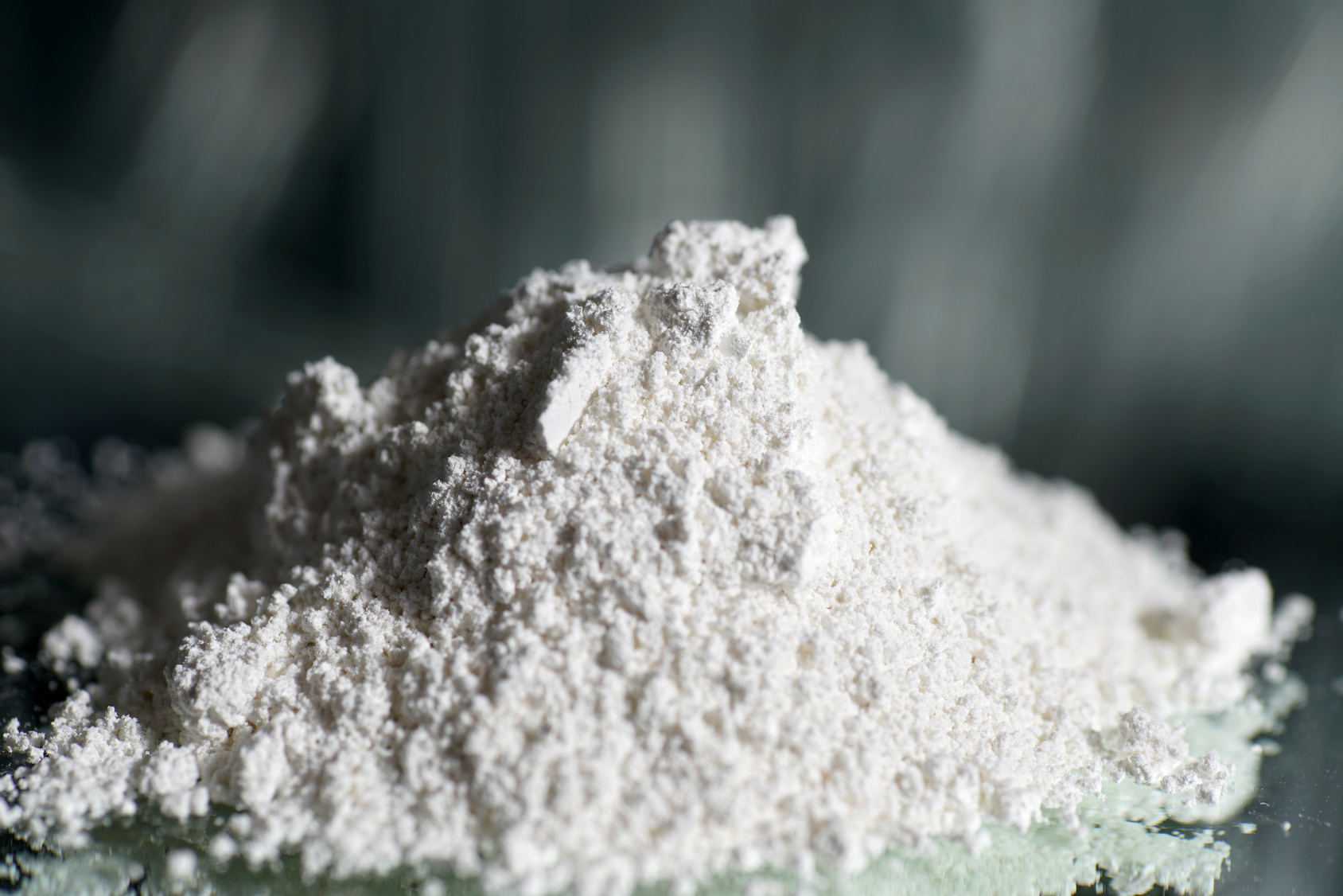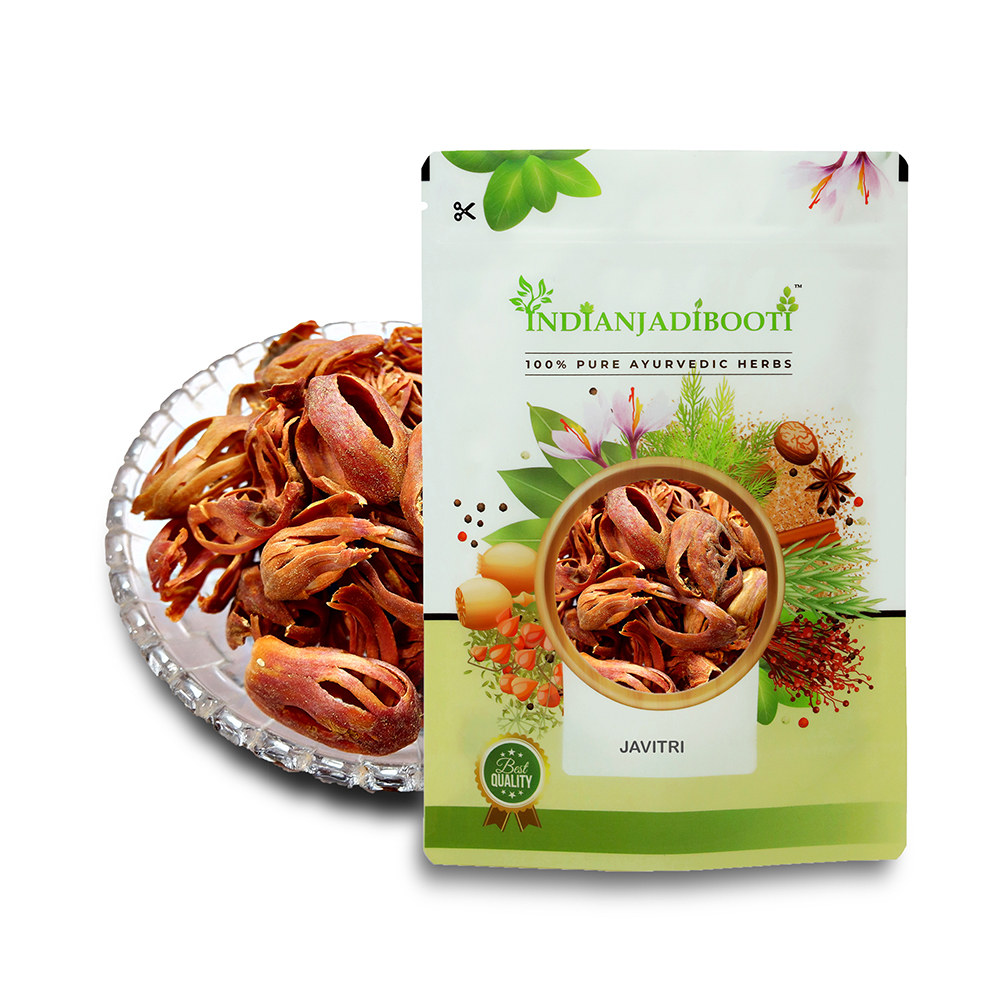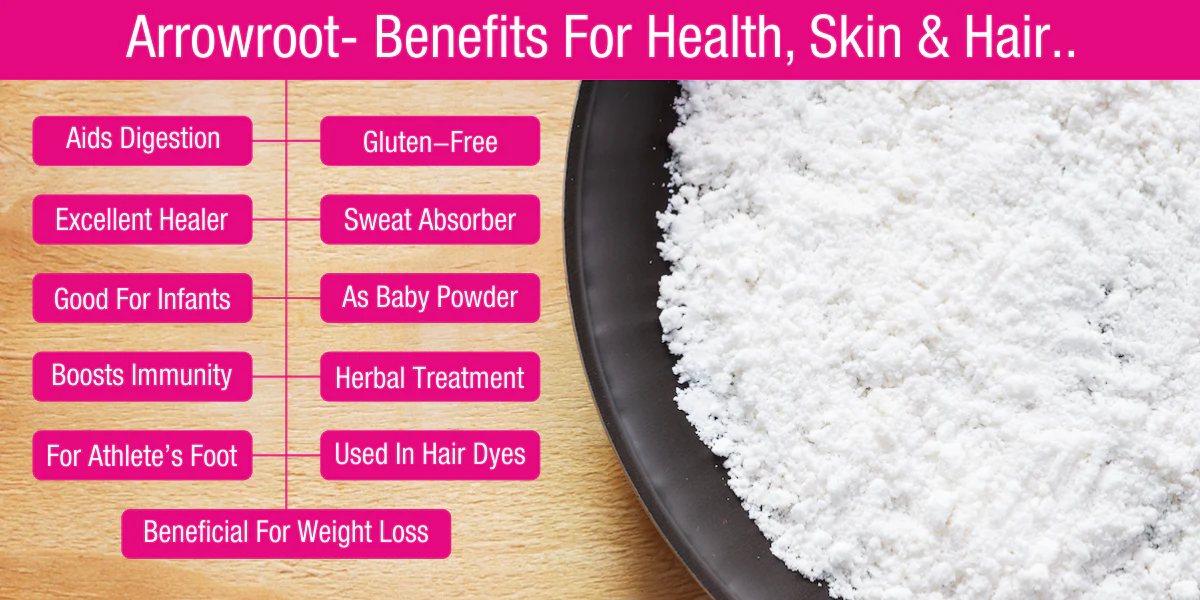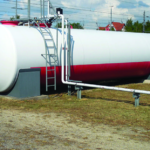Dealing with frigid temperatures on a construction site can be difficult if the elements pose a risk to your equipment, interfere with the setting of your concrete, or prevent the ground from thawing during landscaping tasks. Unless you take the necessary safeguards, your contracting crew may be stranded at the job site for weeks to complete their work, wasting time and money and potentially holding up the progress of other Projects.
There are many methods for preparing the ground for the application of concrete, which is a big help. However, not all of these methods are equally practical and economical.
Excellent ground thaw and concrete blankets are significant investments if you’re looking for a quality solution for curing concrete that won’t result in degraded concrete end products. Keep reading to find out more about your options of using either insulated tarps and concrete blankets.
Table of Contents
What Is an Insulated Tarp?
Insulated Tarps are a cheap and easy method of controlling the temperature in a space. A lack of heat might slow down buildings. Concrete, for example, may take longer to cure and have less final strength if the temperature is too low. Insulated tarps are frequently the first thing people think of when they need to find a way to protect themselves from the cold.

The Working Mechanism of Insulated Tarps
Insulated Covers trap air between the tarp and the concrete to keep whatever is under the tarp from overheating. This air functions as insulation, preserving the desired temperature of whatever is under the tarp.
Insulated tarps have long been an indispensable tool for plumbers, landscapers, and other outside laborers who cover their work products with concrete. Insulated tarps are used primarily for their ability to prevent heat loss from underneath. This is critical for safeguarding kilns, machines, and other equipment that rely on heat to perform their functions and cure their respective materials.
Concrete is frequently covered with insulated tarps to hasten the curing process. In comparison to concrete that has hardened in colder temperatures, the latter benefits greatly from curing in warmer environments.
It’s not just for drying concrete that insulated tarps can be put to use. You can find them covering greenhouses in industrial agriculture, protecting goods in cargo containers during transport, and outdoor events like tailgating and picnics. They’re commonplace anywhere where people need to keep warm in the winter.

Do Concrete Blankets Safeguard Against Extreme Temperatures?
Insulated concrete curing blankets offer protection from the cold, and because tarps don’t generate heat, they also provide some defense against the buildup of excessive heat in stored items. Insulated tarps, as the name suggests, comprise two layers of tarp separated by a layer of insulation. This insulation does an excellent job of keeping the heat in during the colder months and helps a little bit in the warmer months, too. They are less successful at keeping the heat in than keeping it out.
What are the Options for using Insulated Tarps?
It’s possible to produce insulated tarps at a minimal cost because they’re created from materials that don’t cost much. A high-quality insulated tarp, on the other hand, should be constructed from waterproof material. Even though tarps can be built in a wide variety of ways and styles, they are often made of the following materials:

Polyester, which can be made into insulated tarps at a minimal cost, is the most economically viable option. Although it’s the most popular insulated polyester tarp, it will eventually wear out if left in direct sunlight for too long.
Closed-cell foam tarps are another option for insulation. Closed-cell foam tarps, widely considered a unique type of insulation, are made from foam with air trapped inside the bubbles.
The Upsides & Downsides of using Insulated Tarps
Upsides
- When compared to not utilizing a tarp at all, heat loss is significantly reduced with insulated tarps.
- Tarps provide initial weather protection by delaying the accumulation of rain and snow, though this protection typically deteriorates with prolonged exposure.
- Tarps may be set up and taken down quickly.
Downsides
- Tarps made of plastic degrade quickly when left in the sun. The sun’s UV rays will ruin the tarp, and any protection your belongings have will be worn away.
- Even insulated tarps can be torn to shreds by the combined forces of wind and dust. Tarps, in general, are just water-resistant; thus, any tears will allow water to spill onto expensive machinery and other things underneath.
- Inability to generate heat.
In sum, insulated tarps are designed for temporary measures and are not a reliable method of material warming or cold weather mitigation. Tarps aren’t meant to be reused more than a few times and can’t keep you warm in the winter.
Alternatives To Insulated Tarps
Tarps vary in quality, but they all have drawbacks, including poor insulation, a tendency to wear out quickly, and no built-in heat sources, among others. When goods arrive at work already cold, these disadvantages can impede productivity. If you want to raise the temperature, a tarp made from insulating material will not assist.
Curing blankets give more direct heat than alternatives like heat trace cables or space heaters, which are helpful but not as effective in preventing heat loss.
Ways Insulated Tarps Vary from Concrete Curing Blankets
In contrast to insulated tarps, which merely prevent heat loss, concrete curing blankets actively generate heat. Concrete blankets are superior to insulated tarps because they are made of more substantial materials that can withstand years of exposure to sunlight and severe weather.

When it comes to curing, however, curing blankets really shine because of their unique ability to apply heat directly to materials via conduction. A concrete curing blanket accelerates the procedure by 2.8 times compared to an ordinary insulated blanket, keeping the concrete’s moisture levels stable during the hydration phase, even in cold weather.
Concrete blankets have the added benefit of being lightweight and straightforward to set up. Each blanket is fully ACI-compliant for use in chilly concrete environments and ETL-certified for safety in electrical usage.
When curing concrete in cold weather, a concrete blanket is the most effective way to speed up the drying process and ensure a proper cure. The finest tool for preventing heat loss in any situation is a curing blanket.











